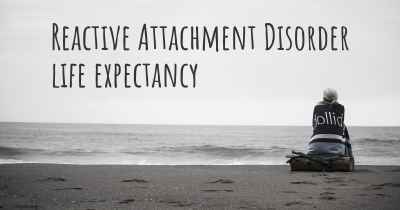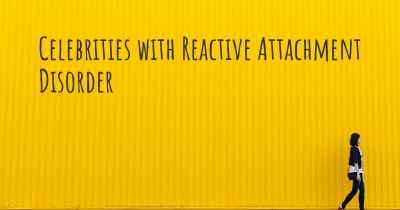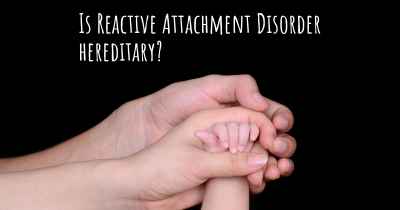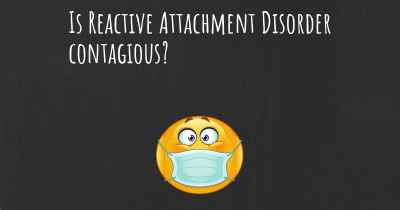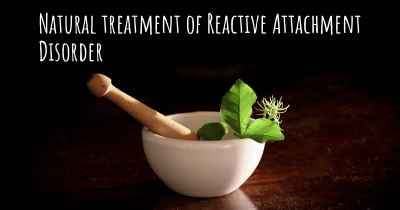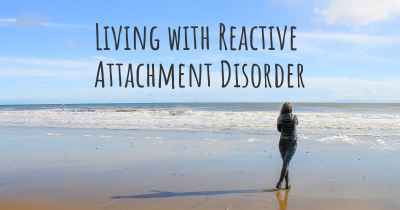What is the history of Reactive Attachment Disorder?
When was Reactive Attachment Disorder discovered? What is the story of this discovery? Was it coincidence or not?

Reactive Attachment Disorder (RAD) is a complex psychiatric condition that affects children who have experienced significant neglect, abuse, or disruptions in their early relationships. It is characterized by difficulties in forming and maintaining healthy attachments with caregivers or parents. RAD was first recognized and described in the 1980s, although the concept of attachment disorders has roots in earlier research.
The history of RAD can be traced back to the pioneering work of psychiatrist John Bowlby in the 1950s. Bowlby's research focused on the importance of early attachment relationships in a child's development. He emphasized that a secure attachment to a primary caregiver is crucial for a child's emotional and social well-being. Bowlby's theories laid the foundation for understanding the impact of disrupted attachments on a child's psychological development.
In the 1970s, Mary Ainsworth expanded on Bowlby's work by developing the Strange Situation Procedure, a laboratory-based assessment to measure attachment styles in infants. This procedure allowed researchers to observe and classify different attachment patterns, including secure attachment, insecure attachment, and disorganized attachment. Ainsworth's research provided further evidence of the significance of early attachment experiences.
Building upon Bowlby and Ainsworth's work, the concept of Reactive Attachment Disorder emerged in the 1980s. Psychiatrists and psychologists began to recognize that some children who had experienced severe neglect or abuse exhibited distinct symptoms related to attachment difficulties. The Diagnostic and Statistical Manual of Mental Disorders (DSM), published by the American Psychiatric Association, first included RAD as a diagnosis in 1980.
RAD is characterized by:
- Difficulty forming emotional bonds with caregivers
- Withdrawal or avoidance of social interactions
- Resistance to comforting or affection
- Anger, irritability, or defiance
- Difficulty trusting others
- Developmental delays
Over the years, the understanding and diagnosis of RAD have evolved. In the DSM-5, published in 2013, RAD was redefined and divided into two subtypes: inhibited RAD and disinhibited RAD. Inhibited RAD refers to children who are excessively withdrawn and emotionally inhibited, while disinhibited RAD refers to children who display indiscriminate sociability and a lack of appropriate stranger anxiety.
Treatment for RAD typically involves a comprehensive approach that includes therapy for both the child and their caregivers. Therapeutic interventions aim to promote healthy attachment relationships, address trauma-related symptoms, and enhance the child's social and emotional development. Early intervention is crucial for improving outcomes for children with RAD.
In conclusion, Reactive Attachment Disorder has a rich history rooted in the pioneering work of John Bowlby and Mary Ainsworth. Their research on attachment theory laid the groundwork for understanding the impact of disrupted attachments on a child's development. RAD was officially recognized as a diagnosis in the 1980s and has since undergone refinements in its classification. Today, treatment approaches focus on promoting healthy attachments and addressing the trauma-related symptoms experienced by children with RAD.
